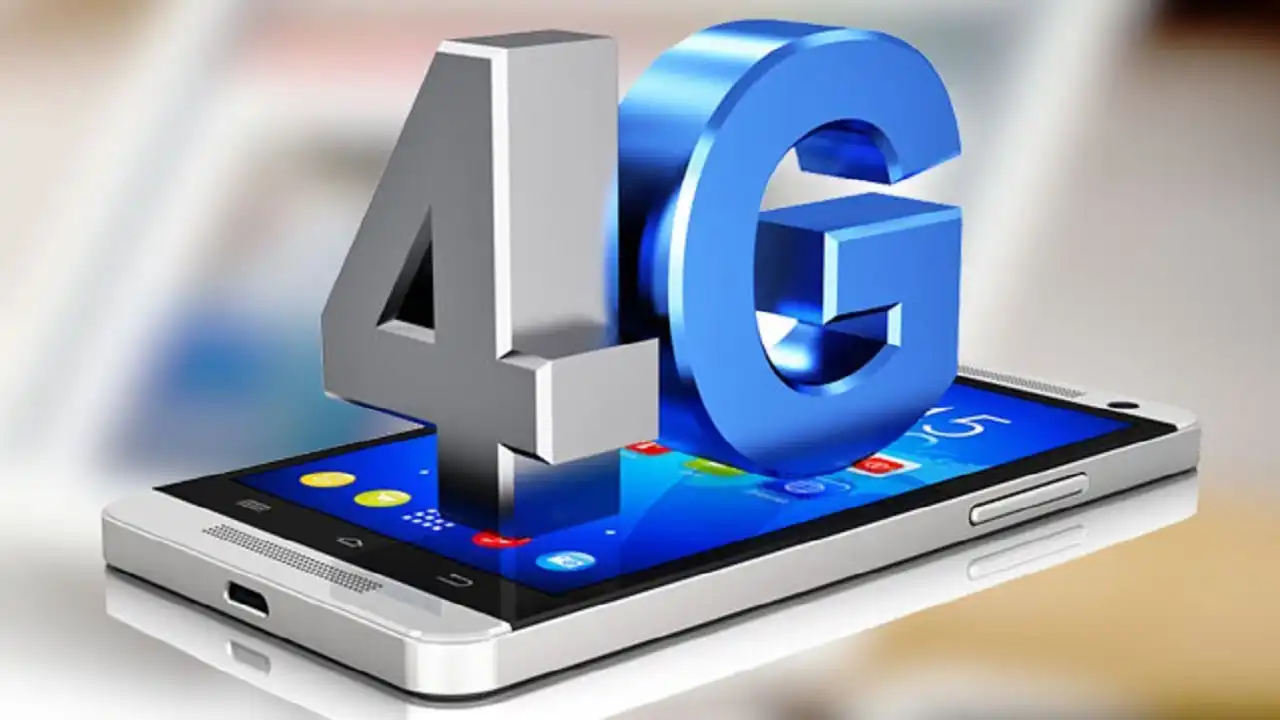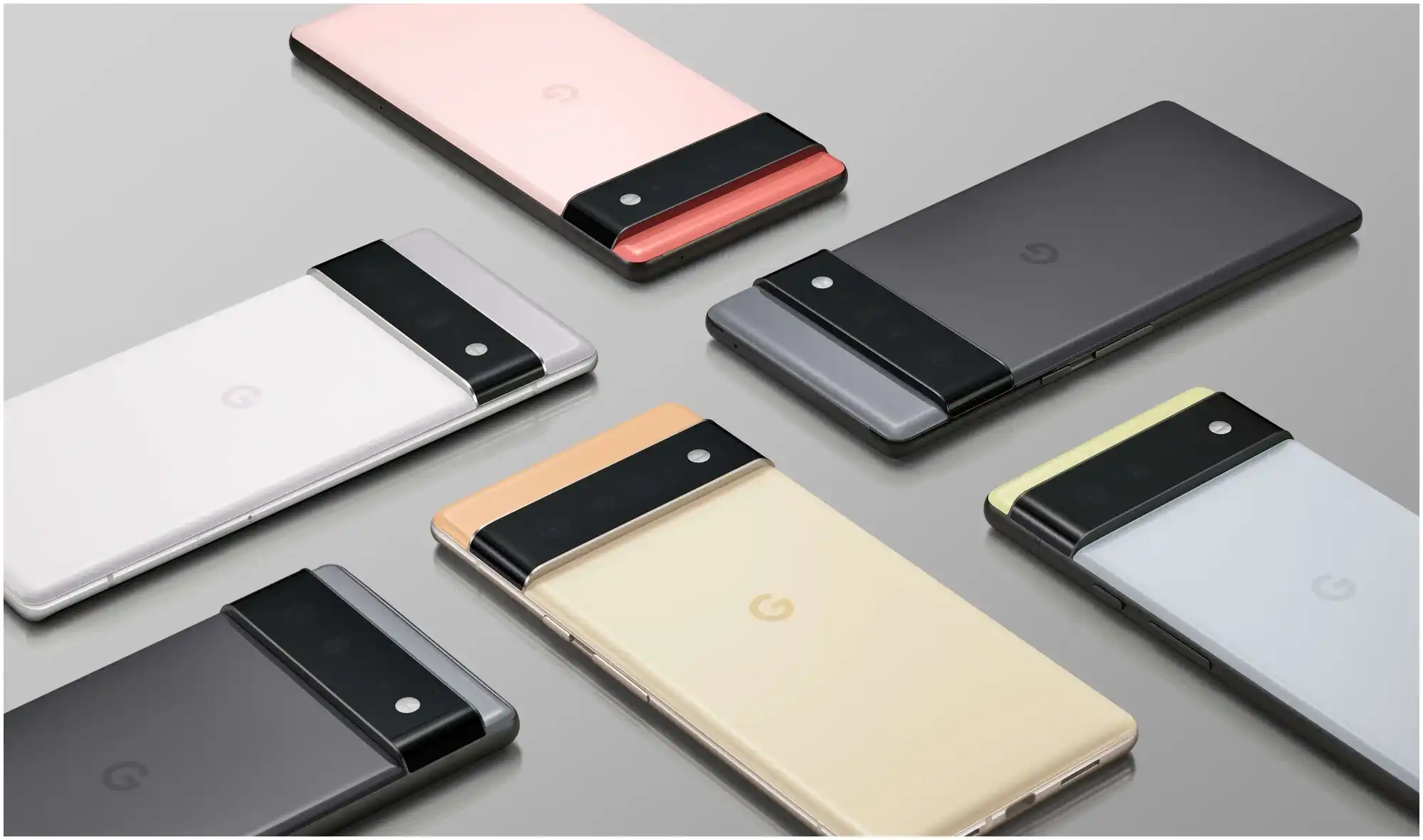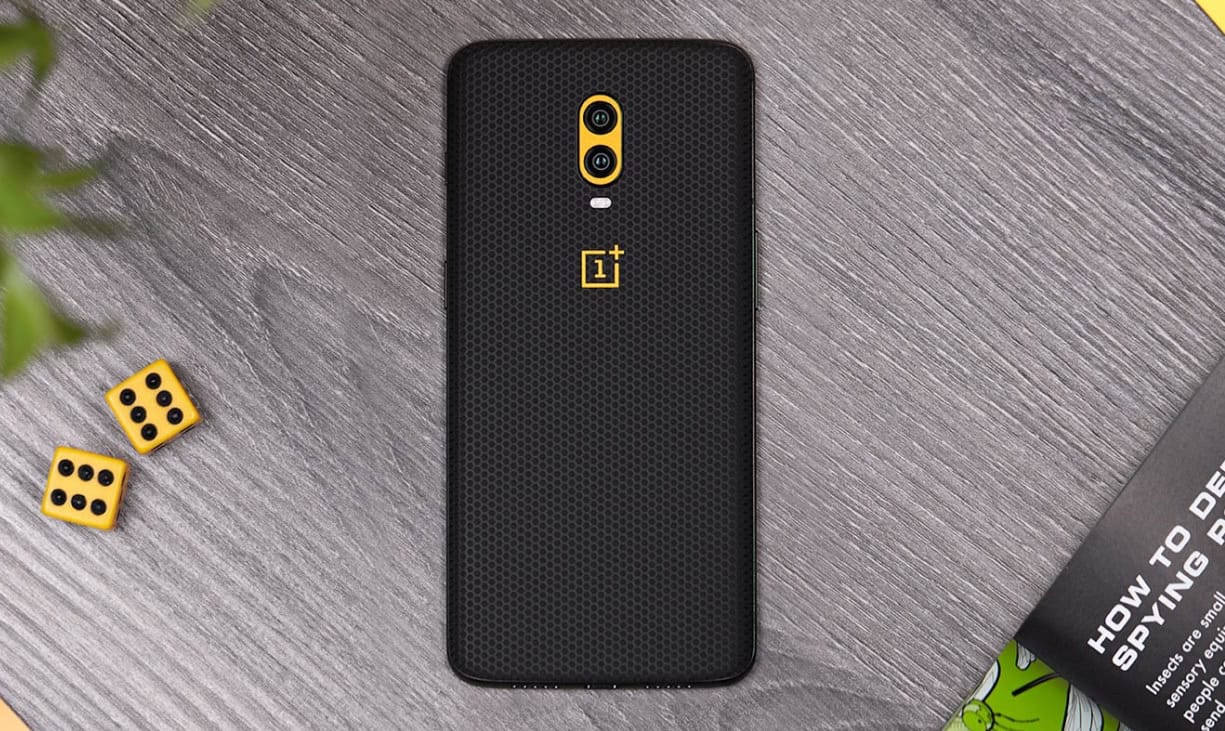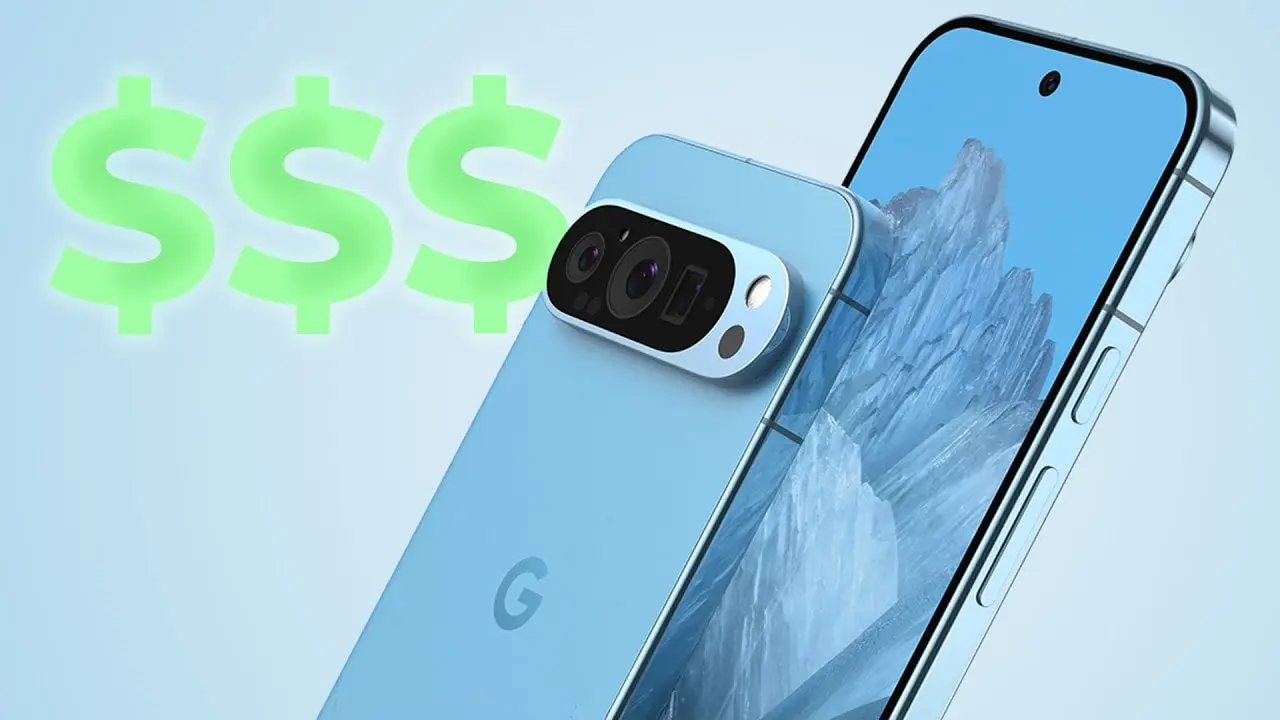In today’s digital world, staying connected is essential, and smartphones have become our gateway to communication, entertainment, and productivity. Among various network technologies, 4G LTE (Long-Term Evolution) stands out as one of the most reliable and widely used for fast mobile internet. If you own a blue smartphone and are looking for the best 4G LTE data options, this guide will provide you with everything you need to know.
This article covers what 4G LTE is, how it works, benefits, data plans, compatibility, troubleshooting tips, and how to choose the best network for your blue smartphone.
What is 4G LTE Data?
Understanding 4G LTE
4G LTE (Long-Term Evolution) is a wireless communication standard that provides high-speed internet to mobile devices. It is an improvement over 3G networks, offering faster speeds, better connectivity, and lower latency. LTE is widely adopted across the world and is the foundation of modern mobile internet services.
How Fast is 4G LTE?
The speed of 4G LTE varies depending on the network provider and location. Generally, it offers:
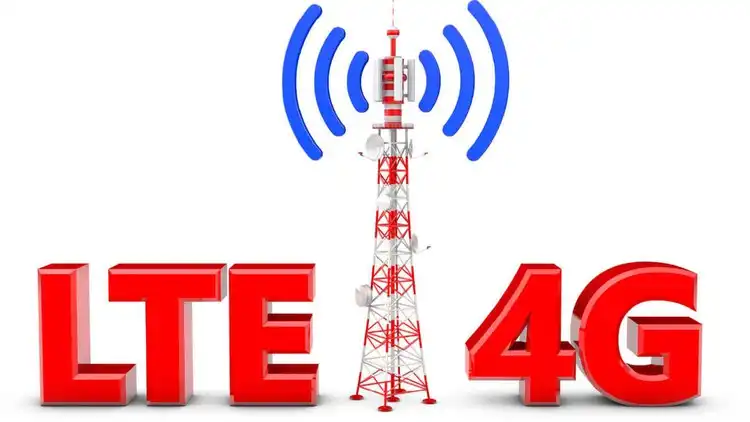
- Download speeds: 5 Mbps to 100 Mbps (depending on coverage)
- Upload speeds: 2 Mbps to 50 Mbps
- Latency: 30-50 milliseconds (ms)
With 4G LTE data, users can enjoy:
- Seamless video streaming (HD and even 4K content)
- Faster downloads and uploads
- Smooth online gaming
- Reliable video calls and VoIP services
Why 4G LTE is Important for Your Blue Smartphone
If you own a blue smartphone, ensuring 4G LTE compatibility is crucial for enjoying high-speed data. Here’s why:
- Faster Internet Browsing – Load webpages quickly without delays.
- High-Quality Video Streaming – Watch YouTube, Netflix, and social media videos in HD.
- Better Gaming Performance – Play online games with minimal lag.
- Improved Work and Productivity – Smooth video calls, email access, and cloud storage.
- Cost-Effective Data Plans – Many carriers offer affordable 4G LTE plans compared to 5G.
Choosing the Right 4G LTE Data Plan for Your Blue Smartphone
Factors to Consider When Selecting a 4G LTE Data Plan
When choosing a 4G LTE data plan, consider the following:
- Data Allowance – Choose between limited data (1GB, 5GB, 10GB) or unlimited plans.
- Network Coverage – Check if your carrier provides strong 4G LTE coverage in your area.
- Speed Limits – Some plans throttle speeds after a certain data usage.
- Price and Budget – Compare different carriers for the best value.
- Additional Perks – Look for free streaming, hotspot data, and family plans.
Best Carriers for 4G LTE Data in the U.S.
Here are some popular network providers offering great 4G LTE data plans:
- Verizon – Best coverage and fast speeds
- AT&T – Reliable and affordable unlimited plans
- T-Mobile – Great for travelers with international data
- Sprint (Now part of T-Mobile) – Competitive budget options
- MVNOs (Mint Mobile, Cricket, Visible, Metro by T-Mobile) – Affordable prepaid plans
For international users, networks like Vodafone, Airtel, EE, and Telstra provide excellent 4G LTE services.
Is Your Blue Smartphone Compatible with 4G LTE?
How to Check Compatibility
Not all smartphones support 4G LTE. To check if your blue smartphone is compatible:
- Look at the Phone’s Specifications – Check the network bands supported.
- Use Online Compatibility Checkers – Most carrier websites allow you to enter your IMEI number.
- Contact Your Carrier – Ask your mobile provider for compatibility confirmation.
Common 4G LTE Bands
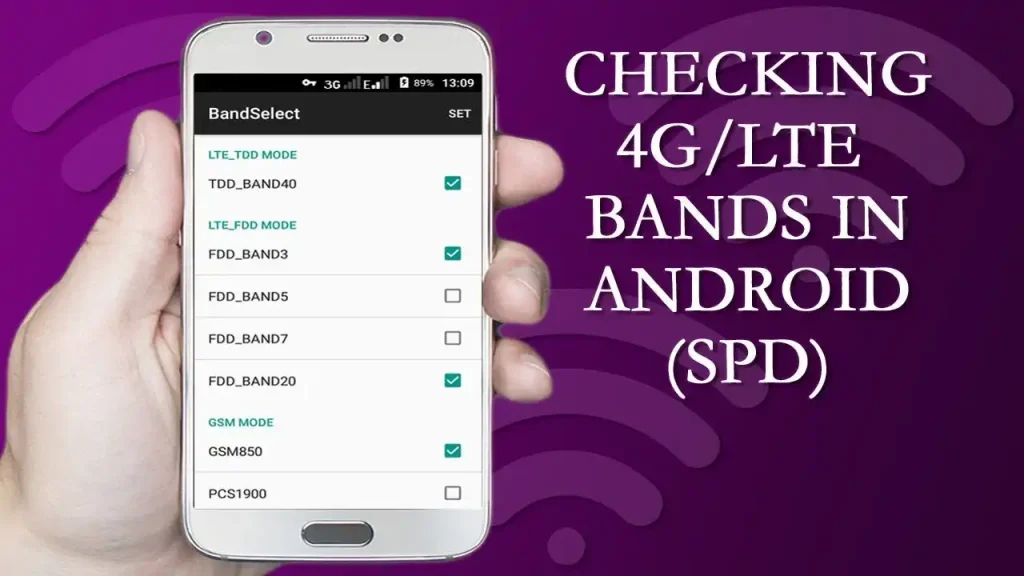
Different regions use different 4G LTE bands. The most common include:
- USA: Bands 2, 4, 5, 12, 13, 17, 66, 71
- Europe: Bands 3, 7, 20
- Asia: Bands 1, 3, 5, 8, 40
- Australia: Bands 1, 3, 5, 28, 40
If your blue smartphone supports the right band, it will work on that network’s 4G LTE.
Troubleshooting 4G LTE Connectivity Issues
If you experience slow speeds or no 4G LTE connection, try these solutions:
- Restart Your Smartphone – A simple restart can refresh network settings.
- Check Airplane Mode – Ensure it is turned off.
- Update APN Settings – Some carriers require updated Access Point Names (APNs).
- Check SIM Card – Ensure your SIM is properly inserted and activated.
- Move to a Better Location – Poor signals can affect 4G LTE speeds.
- Contact Customer Support – If issues persist, reach out to your carrier.
How to Extend Your 4G LTE Data Usage
If you want to maximize your 4G LTE data plan, consider these tips:
- Use Wi-Fi Whenever Possible – Connect to trusted Wi-Fi networks to save mobile data.
- Monitor Data Usage – Use built-in settings or apps to track your data consumption.
- Disable Background Data – Restrict background app usage to prevent unnecessary data consumption.
- Use Data-Saving Mode – Many smartphones and apps offer a data-saver feature.
- Optimize Streaming Quality – Lower video quality on YouTube, Netflix, and social media.
- Download Content Offline – Pre-download music, videos, and maps to reduce streaming data.
- Use a Data Compression Browser – Browsers like Opera Mini help reduce data usage.
Where Can You Find BLU G53 Drivers?
If you own a BLU G53 smartphone, you may need drivers to connect your phone to a PC for data transfer, software updates, or troubleshooting. Here’s how you can find and install BLU G53 drivers:
- Official Website – Visit the BLU official support page to download the latest drivers.
- Windows Device Manager – If your phone isn’t recognized, update the driver via Windows settings.
- Third-Party Websites – Trusted sources like XDA Developers provide community-supported drivers.
- USB Driver Installation – Some smartphones require ADB or Fastboot drivers for advanced functionality.
Make sure to download drivers only from trusted sources to avoid security risks.
Future of 4G LTE and Mobile Networks
Even with the rise of 5G networks, 4G LTE is not going away anytime soon. Many carriers continue to improve their 4G LTE infrastructure, ensuring stable and fast connections for users worldwide. Additionally, not all regions have access to 5G yet, making 4G LTE the most reliable option for the foreseeable future. It also remains a cost-effective solution for users who do not need the ultra-high speeds of 5G. Furthermore, many IoT devices and essential services still rely on 4G LTE for seamless connectivity.
Many budget smartphones and mid-range devices still rely on 4G LTE connectivity, making it a valuable technology for years to come. Carriers will continue offering affordable and flexible 4G LTE plans, ensuring users can enjoy seamless internet access without upgrading to more expensive 5G plans.
Read More: BLU Phone Mobile Network Settings


